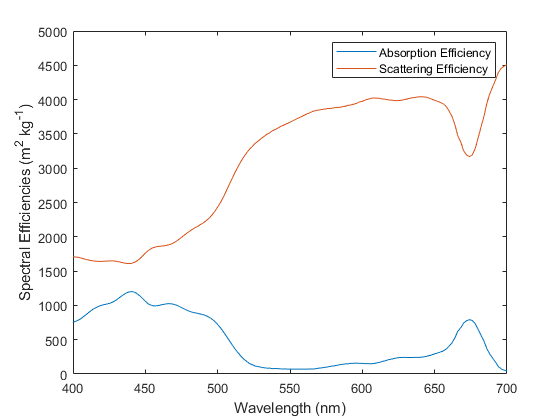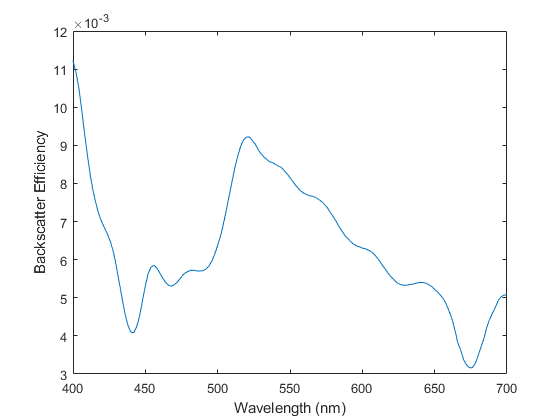Due to increasing fossil fuel demands there is a need to find sustainable energy sources as replacements. Lipids could be extracted from microalgae to produce biodiesel.
In this project, microalgae growth was simulated in an annular photobioreactor using light as its main nutrient.
- Plots a concentration profile (microalgae vs. reactor length)
- Plots for visualizing microalgae light attenuation characteristics
- Sensitivity analysis for the effects of geometry (size) on growth for 1891 configurations
- Plots to visualize light irradiance profile (irradiance vs. concentration)
- Plots to visualize the maximum concentration attainable for a given reactor geometry
- Plots to compare designs between the average light irradiance of the annular photobioreactor vs. a more "traditional design"
From the figure above, the concentration of Neochloris oleoabundans (a strain of microalgae) grows from 0.01 kg/cum to roughly 0.058 kg/cum on a dry-mass basis. The length of the reactor is 5 km long.
The above figure shows the relationship between absorption and scattering efficiencies against wavelength of light. mie.m determines the absorption and scattering fractions as per (Pottier et. al. 2005).
This figure shows the relationship of backscatter fraction against wavelength of light.
These two plots could be validated against literature for accuracy. Currently, this data has not been published in literature for N. oleoabundans, so these results were not validated.
As microalgae absorbs and scatter light, the more microalgae there is in the system, the less irradiated the reactor is. The plot was created for a fixed reactor geometry.
For a given geometry, there is a maximum attainable concentration. This figure also indicates at which point adding more length to the reactor is not efficient.
The aim of the project was to create an improved photobioreactor design. As light is the main nutrient for microalgae growth, an improved design must have better light irradiance performance than current designs.
The improved design has the microalgae culture flow through an annular pipe where the light source is the middle.
The traditional design is a standard cylindrical pipe that has its light source opposite of it.
The above figure compares light irradiance performance between both design with increasing microalgae concentration. The annular design is shown to be an improved design as the average light irradiance is higher than the traditional design.
Mie theory code by Krzszystof Markowicz home page at IGf UW





